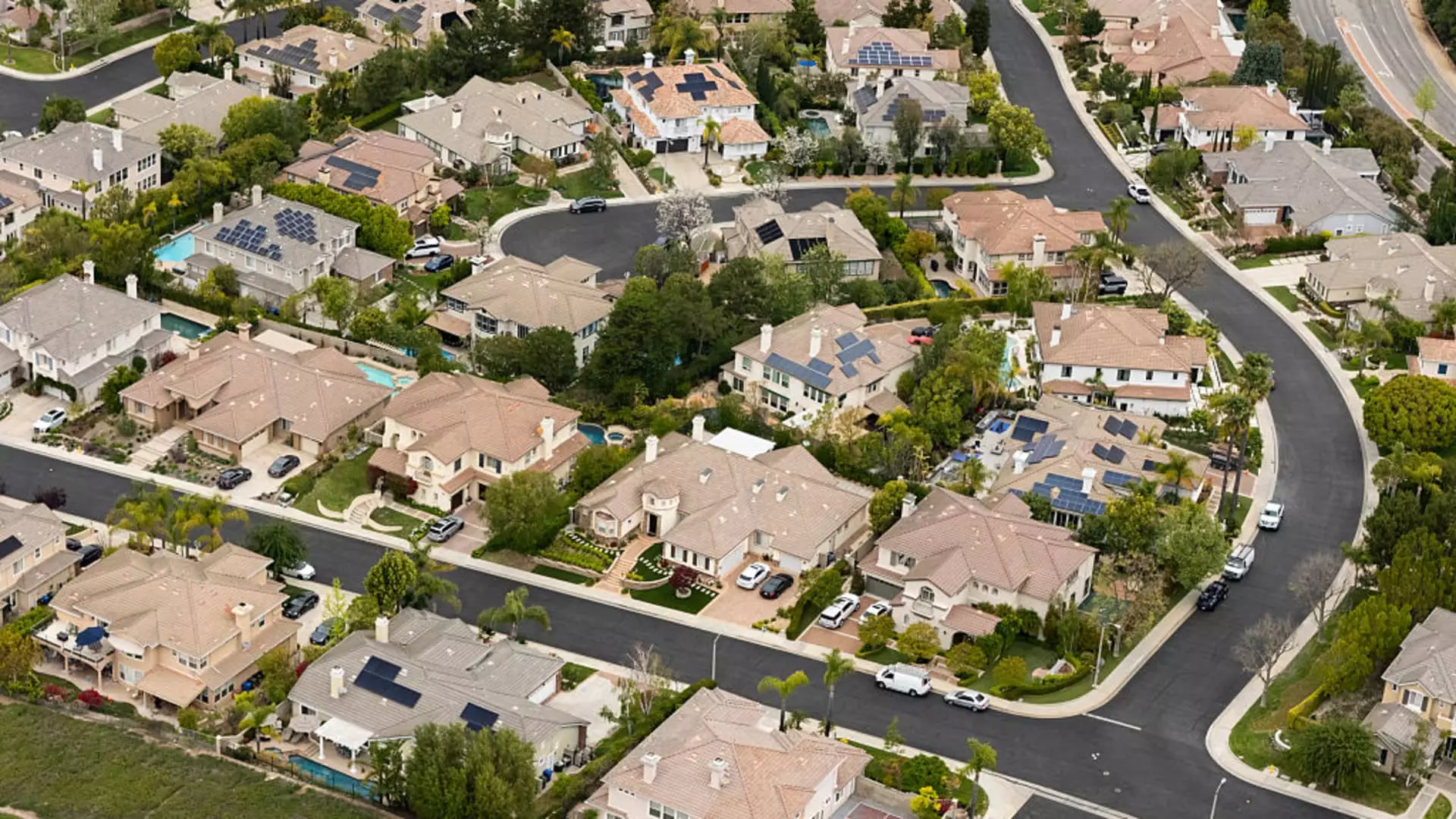The COVID-19 pandemic lit a fire under the housing market, resulting in a frenzied rush for homes that drove prices skyward. Buyers, seduced by historically low mortgage rates, flooded to the market, outbidding one another and kicking off an extraordinary housing boom. Fast forward to today, and the aftershocks of this surge are resonating across the landscape. Current statistics reveal that home prices have soared by 39% nationally from March 2019 levels, leaving many potential buyers in a state of frustration and despair.
While some may argue that rising prices are a natural economic finding, this current landscape is riddled with imbalances that indicate something far more disturbing. The rise in prices is compounded by a low supply of available homes, a condition that threatens to derail the dreams of countless families hoping for a piece of the American dream. The gap between what buyers can afford and what is available on the market is widening dangerously, and the implications are both chilling and indicative of a deeply flawed system.
The Discrepancy in Supply and Affordability
A recent report from the National Association of Realtors and Realtor.com details the stark differences in home affordability across various income brackets. Not surprisingly, the sobering figures reveal that those in lower income brackets are the hardest hit. For instance, a household earning $50,000 can afford a mere 8.7% of active home listings, compared to a dismal 27.8% back in March 2019. This alarming decline underscores a crucial reality: while homebuyers in higher income brackets enjoy a seemingly open access to the market—wherein those earning $250,000 can afford almost 80% of listings—middle- and lower-income families are left scrambling.
What’s more troubling is the leap in affordability for the higher-income brackets has all but overshadowed the plight of the average American family. In March of this year, individuals earning between $75,000 and $100,000 saw a minor increase in their affordable listings—from 20.8% to 21.2%. This minuscule uptick rings hollow against the backdrop of a balanced market, which historically should have allowed such households access to nearly half of all listings.
The dynamic of the market thus creates a vicious cycle: while there are slight improvements in inventory levels, households at the lower and middle tiers remain at a severe disadvantage. The economic policies do not seem to favor creating a balanced housing ecosystem.
The Geography of Housing Affordability
One cannot overlook the geographical discrepancies in housing affordability. Gains in inventory have concentrated in certain regions, leaving many cities floundering under the weight of severe shortages. In various metropolitan areas, particularly those in the Midwest and South, positive changes have been observed. Cities like St. Louis and Akron boast comparatively balanced markets, yet what stands out is how many regions—especially in Southern California and parts of New York City—are still spiraling into deeper crises of affordability.
The implications are monumental; in places like Seattle and Washington, D.C., households must earn more than $150,000 to merely afford half of the homes available. This has led to rampant discontent among renters and prospective buyers, who feel economically sidelined. The housing crisis transcends mere statistics; it impacts the very fabric of communities as long-term residents face displacement and newcomers are priced out.
The Inevitability of Local Solutions
Turning these trends around requires a multi-faceted approach that incorporates local policy initiatives aimed at palliating the crisis at hand. The narrative is clear: building and sustaining affordable housing is no longer a luxury—it’s a necessity. Regulation reform is paramount, as restrictive zoning laws and expensive construction-related mandates only serve to exacerbate the issue.
Moreover, homebuilders are caught in a bind; higher materials costs and unpredictable regulatory landscapes deter them from producing home stock that caters to low- and moderate-income households. Single-family housing starts have plummeted, showing no signs of recovery in the near term. With demand ever-pressing, having a robust plan for creating affordable housing options across the spectrum could make or break the well-being of communities.
As history has demonstrated, the right mix of innovative construction solutions, policy adjustments, and shifts in real estate practices can indeed help restore balance. Yet the clock is ticking. With every statistic that reveals an increasing divide, our collective patience and resolve to tackle the issue must be equally pressing. Affordability in housing is no longer just a financial statistic; it’s a measure of societal health and upward mobility. The stakes could not be higher, and it is the responsibility of wage earners, policymakers, and community leaders to confront these issues head-on before they spiral beyond control.

